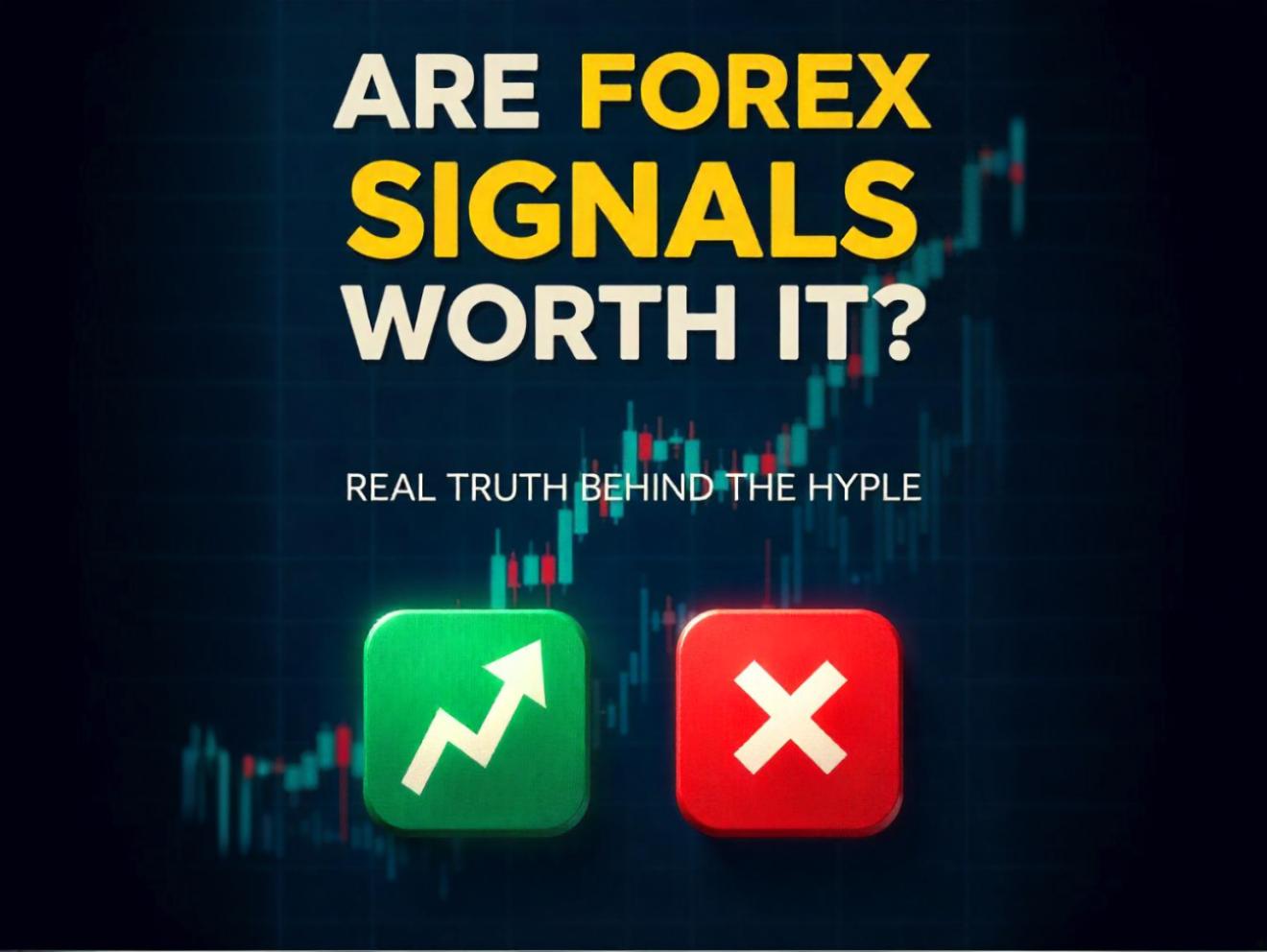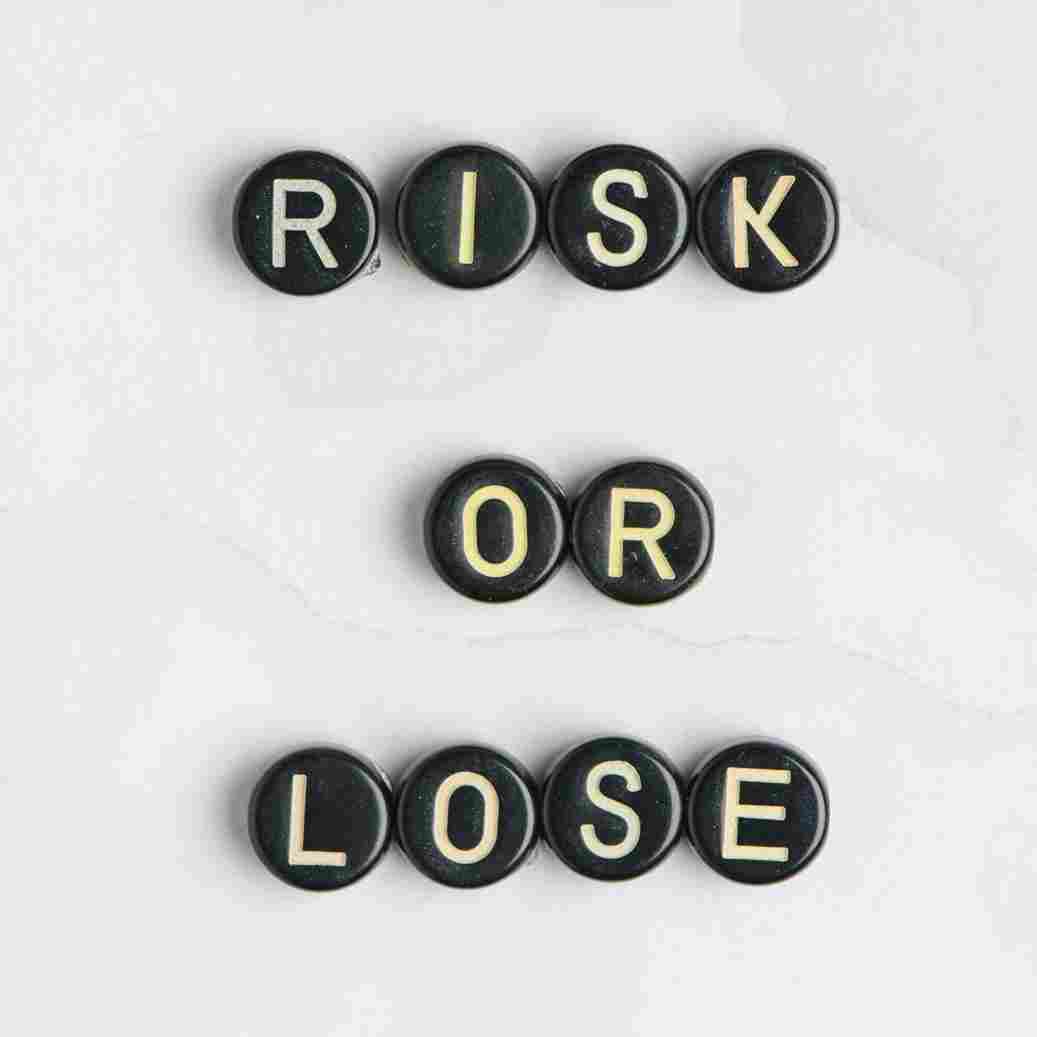Forex signals are the magic beans many new traders believe will grow their account overnight. Instagram traders flaunt lavish lifestyles, Telegram channels spam promises of “200% profit weekly,” and paid signal groups pop up like mushrooms after rain. But here’s the burning question: Are forex signals really worth it? Or are we all falling for a glorified trap?
Let’s break this down, piece by piece, and uncover the gritty, unfiltered truth behind the forex signals industry.
What Are Forex Signals, Really?
Forex signals are trade ideas or recommendations, typically including entry, stop-loss, and take-profit levels. They’re like someone whispering in your ear: “Buy EUR/USD now, target 100 pips.” Simple, right?

Well… not quite.
Signals can be generated by:
-
Professional traders
-
Trading algorithms (robots)
-
AI-powered systems
-
Wannabe influencers using guesswork
Some are free, some cost hundreds of dollars per month. But the core idea remains: Someone tells you when to trade, so you don’t have to analyze the market yourself.
The Lure of Easy Money
Why are forex signals so tempting? Because they prey on three human weaknesses:
-
Laziness – “I don’t have time to learn forex.”
-
Greed – “I want to make money now!”
-
FOMO – “Everyone else is doing it… I’m missing out!”
It’s the same psychology used in lottery ads. A $50/month signal plan promises riches with no effort, and that’s extremely hard to resist.
Types of Forex Signal Providers
Let’s get specific. Not all signal providers are equal. Some might be decent. Most? Not so much.
1. Manual Signal Providers
These are human traders analyzing charts and sending signals based on their judgment.
-
Pros: Can adapt to news, fundamentals, unexpected changes
-
Cons: Prone to human emotion, inconsistency
2. Algorithmic Signal Services
Signals are generated by bots based on coded strategies and indicators.
-
Pros: Emotionless, fast, and scalable
-
Cons: Rigid, often fail in volatile or non-trending markets
3. Copy Trading Platforms
You automatically mirror trades from a “master” account.
-
Pros: Hands-off experience
-
Cons: Risky if the master account goes bust. And they often do.
4. Free Signal Groups
Usually Telegram or WhatsApp groups giving away signals for free.
-
Pros: Well… it’s free
-
Cons: Often bait to upsell VIP signals. Accuracy? Usually trash.
Why Most Forex Signals Fail
Let’s stop sugarcoating it. Most forex signal services fail miserably.
1. Lack of Transparency
You see glowing “past results,” but no real-time verified track record. No MyFXBook. No broker statements. Just screenshots.
2. One Size Fits All
You’re told to enter a position with a 50-pip stop loss. But what if your account size is $100 and theirs is $10,000? The math doesn’t work.
3. Overtrading and Signal Spam
Some providers send 10+ signals per day. Why? To give you the illusion of activity. More trades = more noise = more chances to lose.
4. No Risk Management
They give you an entry and SL/TP but say nothing about lot size or % risk. That’s like giving you a car without brakes.
The Psychological Trap
Here’s where it gets dark. Signals can turn your brain into mush.
-
Dependency: You stop learning. You wait for signals like a dog waits for treats.
-
Blame-shifting: When a trade fails, you blame the provider, not yourself.
-
Gambling mindset: You keep chasing wins, treating signals like lottery tickets.
Forex trading is already 80% psychological. Signals only make it worse if you’re not disciplined.
The Social Media Hype Machine
You’ve seen them: guys in Lamborghinis, sipping champagne, claiming their signals made 500 pips today. Let’s get real.
Red Flags:
-
No verified results
-
Selling lifestyle, not strategy
-
Emotional language (“Don’t miss out!”, “Life-changing opportunity!”)
It’s marketing, not mentorship.
These people are usually better at selling signals than trading forex. They earn more from subscribers than from trading.
Do Paid Signals Actually Work?
Here’s the tough love: Sometimes they do. But not for long.
Markets change. Strategies degrade. Providers disappear.
The minority of legit signal providers:
-
Offer risk-adjusted trades
-
Use real accounts
-
Focus on quality over quantity
-
Teach their strategy (not just spoon-feed trades)
But they’re rare. And they’re usually not cheap.
Real Traders vs Signal Followers
Let’s compare two people:
Trader A: The Learner
-
Studies price action, risk management
-
Loses money early but improves
-
In 12 months, builds a consistent strategy
Trader B: The Signal Addict
-
Joins 5 signal groups
-
Has no idea why trades win or lose
-
Changes providers weekly
-
Still losing after 12 months
Who’s better off? Easy answer. Learning beats leeching.
Can You Use Signals Smartly?
Absolutely—but with a few rules.
1. Use Signals as Learning Tools
Instead of blindly copying, ask:
-
Why was this trade taken?
-
What pattern or event triggered it?
-
How can I spot this myself?
2. Combine With Your Analysis
Let’s say you’re bullish on GBP/USD, and your signal agrees. That’s confirmation. Go ahead. But if the signal says sell while your system says buy? Think twice.
3. Test Before Going Live
Forward test signals on demo. Track win rate, risk/reward, drawdown. Only go live if consistent.
4. Limit Risk Per Trade
Never risk more than 1-2% per trade. Even the best signals can have losing streaks.
The Real Cost of Relying on Signals
It’s not just the subscription fee. The real cost is what you give up:
-
Your learning curve
-
Your confidence
-
Your autonomy
Would you trust someone else to drive your car blindfolded, while you sit in the passenger seat? That’s what blindly following signals is like.
When Forex Signals Might Make Sense
Let’s be fair. There are scenarios where signals can add value.
-
Busy professionals who understand risk but have no time
-
Intermediate traders looking for confirmation or mentoring
-
Mentorship programs that mix signals with teaching
But even then, due diligence is a must. Don’t be lazy. Don’t fall for hype.
How to Spot a Reliable Signal Provider
Here’s your sniff test:
-
Verified results (e.g., MyFXBook)
-
Clear risk disclosures
-
Not promising guaranteed returns
-
Limited number of trades (1–3 per day max)
-
Focuses on education alongside signals
Bonus points if they teach their strategy or host live sessions. That means they actually know what they’re doing.
The Bottom Line
So, are forex signals worth it?

Mostly not.
They’re overhyped, overpromised, and under-delivered. They breed dependency and distract you from the only thing that matters in trading: developing your own edge.
If you’re going to use signals, treat them as training wheels. Not a permanent crutch.
Want to win in forex? Learn the charts. Understand risk. Master your emotions. Because at the end of the day, nobody will care about your money more than you.
Conclusion
Forex signals are seductive—but they’re not a silver bullet. Most signal providers are glorified marketers feeding off your desperation. Some are scammers, others are just clueless.
You might get lucky once or twice, but luck won’t pay your bills long-term.
Take your power back. Learn to trade. Use signals only if they support your journey—not define it. And remember: in trading, shortcuts often lead to dead ends.
FAQs
1. Can I make consistent profits using only forex signals?
Not likely. Most signals don’t perform well long-term, and without understanding risk management or why a trade is taken, you’re gambling—not trading.
2. Are paid forex signals better than free ones?
Generally, yes—but not always. Some free providers offer decent analysis to build trust, while many paid ones rely on marketing gimmicks. Always check for verified results.
3. How do I verify a signal provider’s performance?
Ask for MyFXBook or third-party tracking. Ignore screenshots. If they refuse or dodge, that’s a big red flag.
4. Should beginners use forex signals to start?
Only if you’re also learning the basics alongside. Don’t rely on signals alone. Use them as a study guide—not a solution.
5. Is copy trading a safer alternative to forex signals?
It depends. If the trader has consistent verified performance and uses low-risk strategies, copy trading can work. But many popular traders use high-risk, high-leverage strategies that crash accounts fast.


